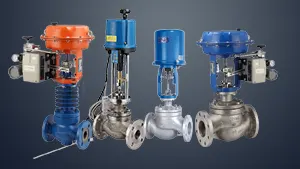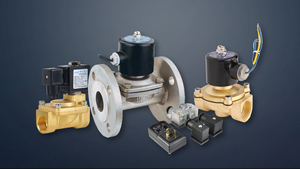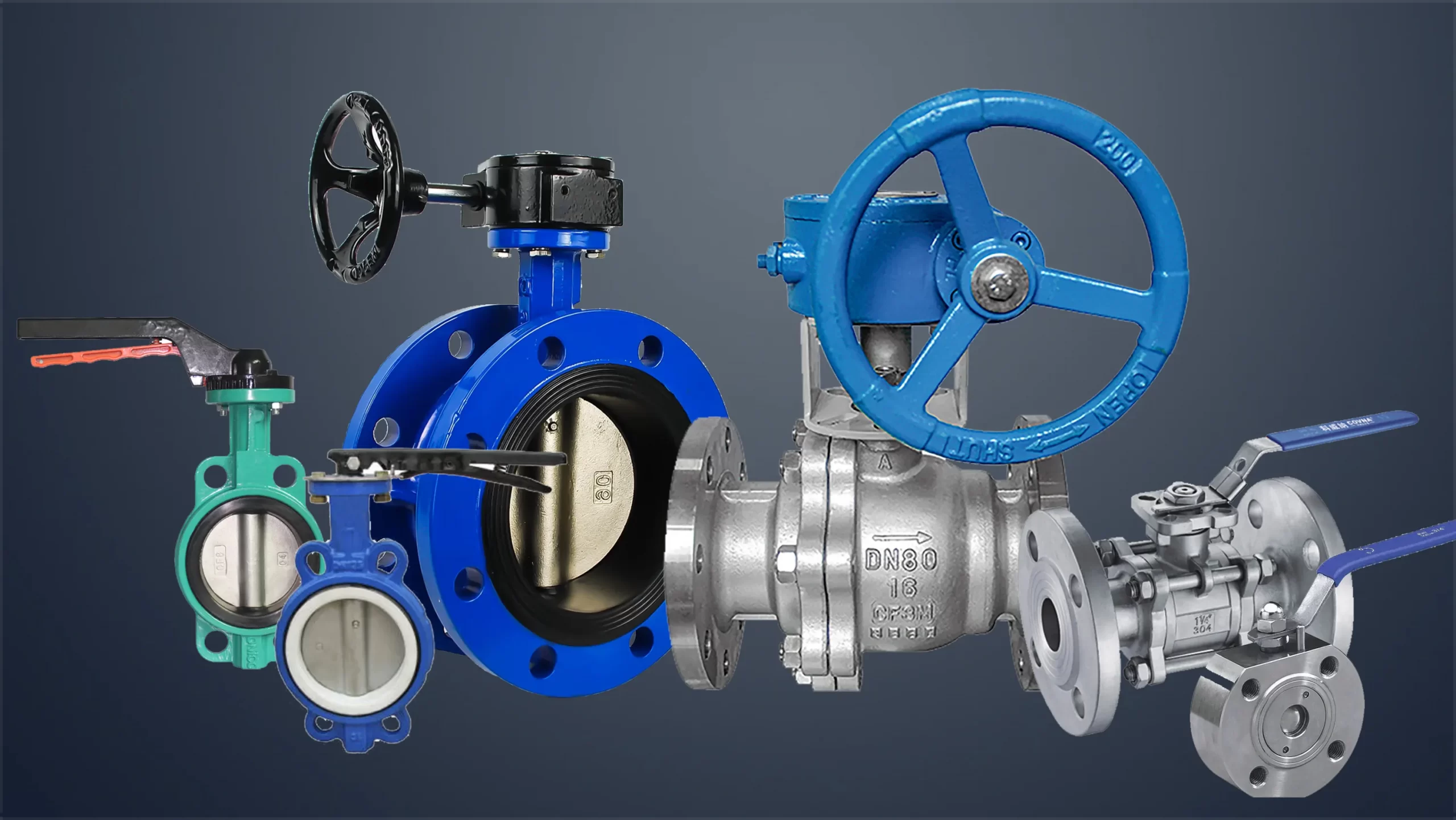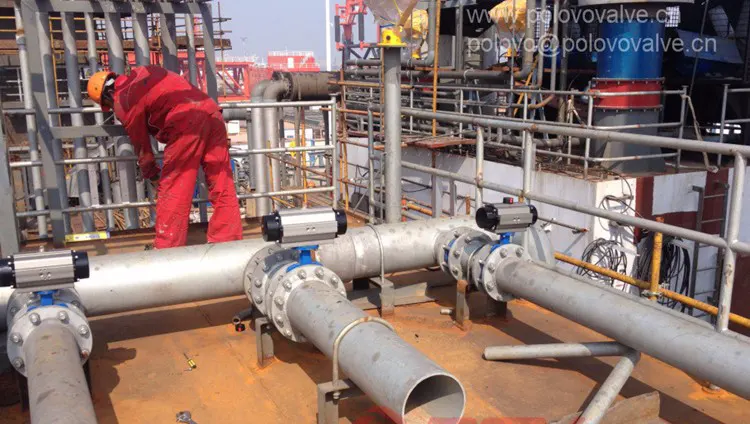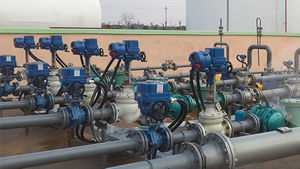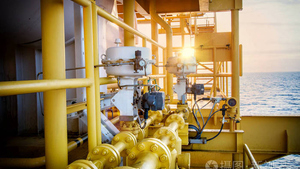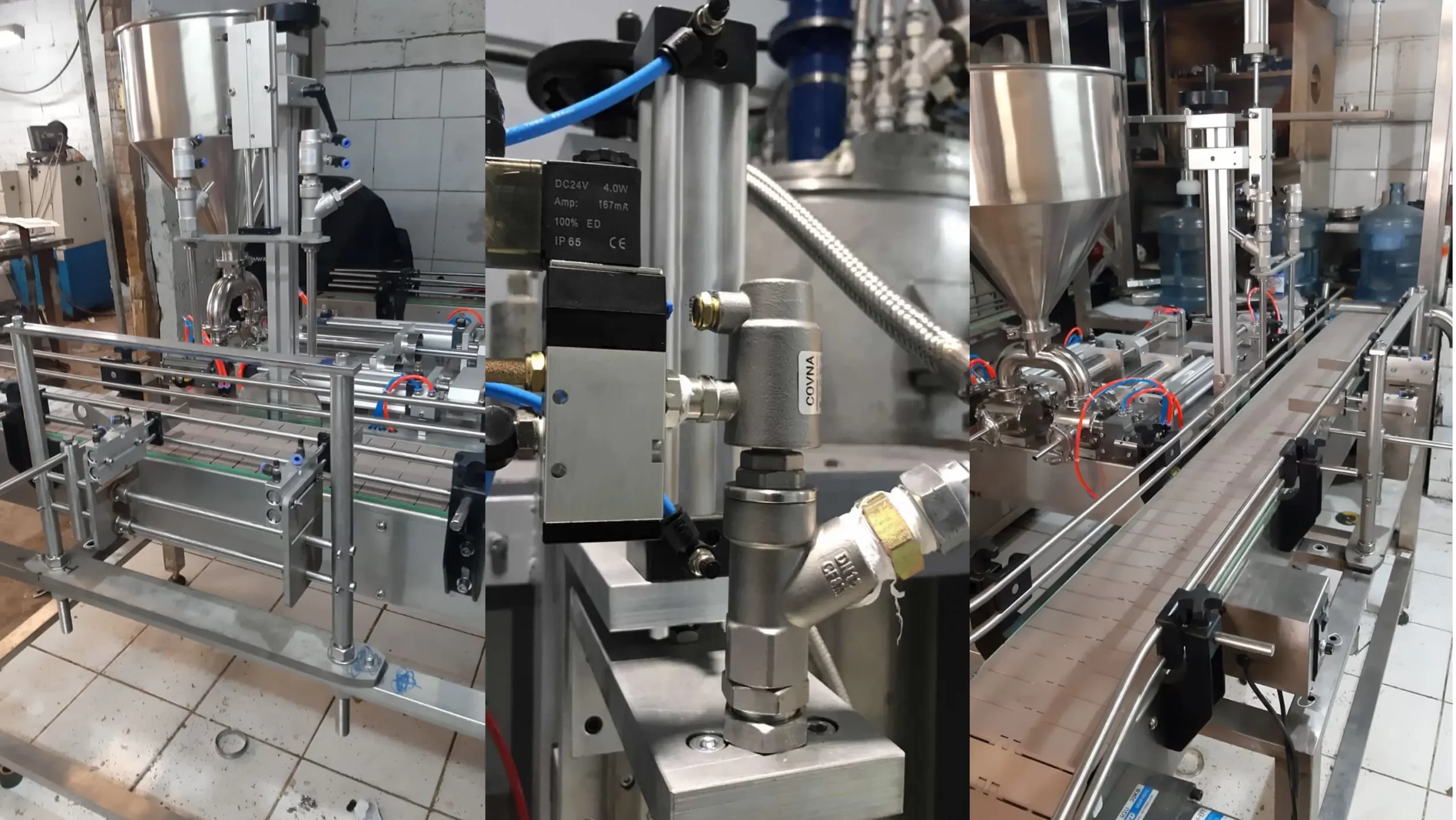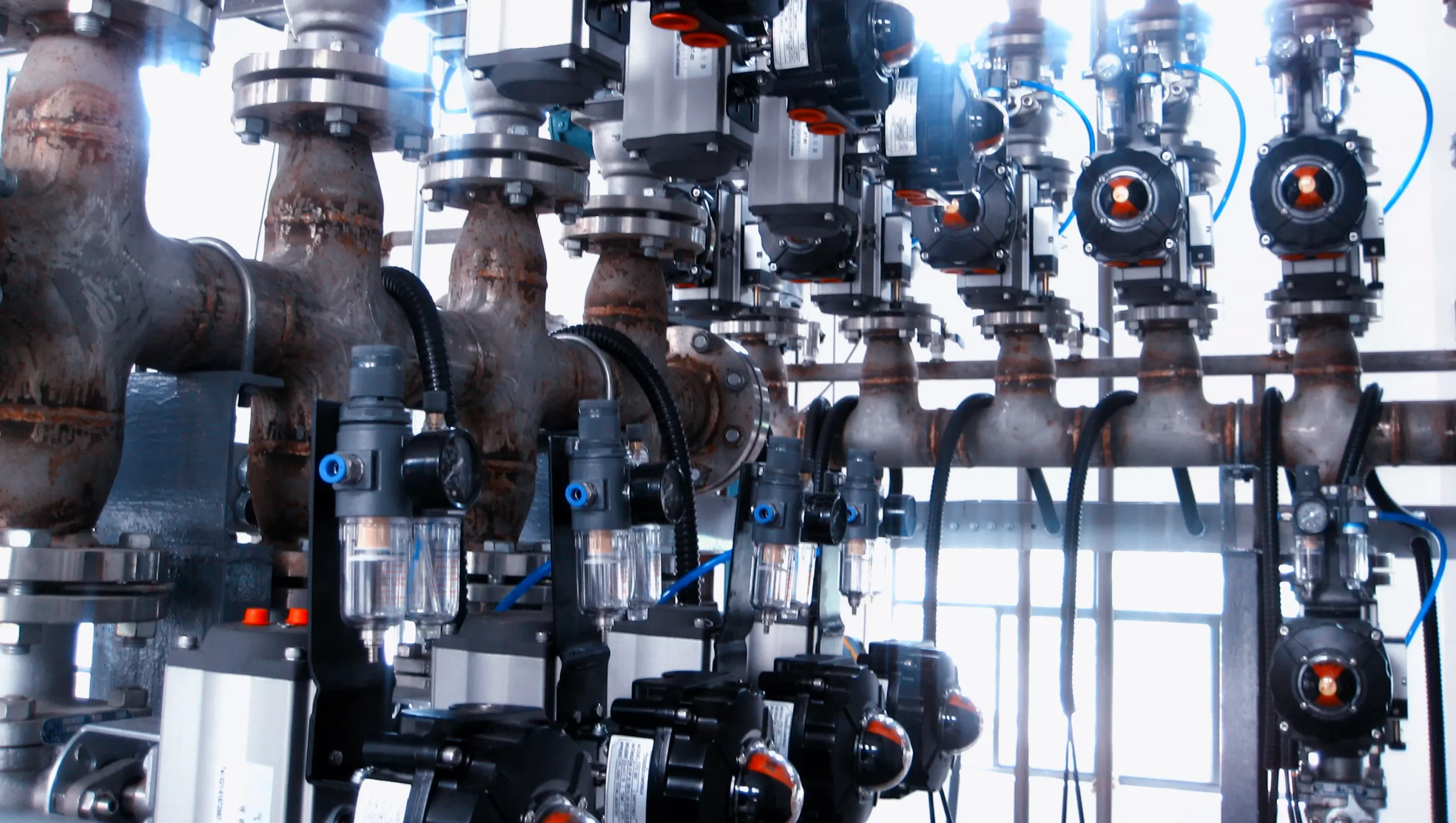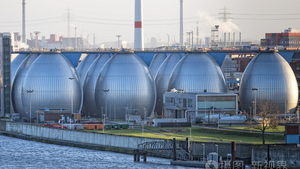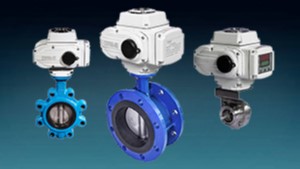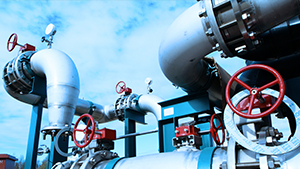1. Overview:
The butterfly valve is an important device in the water supply and drainage pipeline system. With the progress of industrial technology, different requirements are put forward on the structure and performance of the butterfly valve. Therefore, the type, material and connection form should be reasonably selected according to the working conditions during design and selection.
2. About Deisgn
- Structure
The closing part (butterfly plate) of the butterfly valve is in the middle of the medium, and its influence on flow resistance should be considered when designing
1. Regarding the structure of the butterfly plate of the large-diameter butterfly valve, AWWA C504 (American Water Supply Engineering Association Standard) stipulates that the butterfly plate should not have transverse ribs, and its thickness should not be greater than 2.25 times the diameter of the valve stem.
2. The upstream and outflow surfaces of the butterfly plate should be streamlined.
3. The internal screws cannot protrude outside the butterfly plate, so as not to increase the water-facing area.
In order to reduce the flow resistance, the butterfly valve produced by a foreign company made the butterfly plate into a discus shape. Some companies have made the butterfly plate of the small butterfly valve very thin, and the butterfly valve used in the water and electricity pipe network has a guide when the butterfly plate is in the fully open position. All to reduce the flow resistance. Chines company JB/T 53171-1999 standard also includes the flow resistance and flow coefficient of the international standard ISO/TC 153/SC1GT8-37 (see “Table 1”), which shows that flow resistance is an important indicator.
| Nominal Size(DN mm) |
Nominal Pressure(PN/MPa) | |||
|---|---|---|---|---|
| < 16 | 20.25 | |||
| C (Kv) | K (ξ) | C (Kv) | K (ξ) | |
| 40 | 50 | 64 | 40 | 2.56 |
| 50 | 80 | 1.33 | 45 | 2.37 |
| 65 | 150 | 1.27 | 120 | 1.98 |
| 80 | 250 | 1.05 | 200 | 1.64 |
| 100 | 400 | 1.00 | 300 | 1.78 |
| 125 | 650 | 0.92 | 450 | 1.93 |
| 150 | 1000 | 0.81 | 800 | 1.26 |
| 200 | 1900 | 0.71 | 1500 | 1.14 |
| 250 | 3100 | 0365 | 2500 | 1.00 |
| 300 | 4700 | 0.59 | 3600 | 1.00 |
| 350 | 6700 | 0.53 | 5400 | 0.82 |
| 400 | 9000 | 0.51 | 7000 | 0.84 |
| 450 | 11500 | 0.50 | 9500 | 0.73 |
| 500 | 14000 | 0.50 | 12000 | 0.69 |
| 600 | 21000 | 0.47 | 18000 | 0.64 |
| 700 | 30000 | 0.43 | 25000 | 0.61 |
| 800 | 41000 | 0.39 | 35000 | 0.53 |
| 900 | 53000 | 0.37 | 46000 | 0.50 |
| 1000 | 67000 | 0.35 | 58000 | 0.48 |
| 1200 | 100000 | 0.35 | 87000 | 0.44 |
- Rubber Sealed Loop
Sometimes the service life of the rubber butterfly valve is shorter, which is related to the rubber quality and the width of the sealing surface. The sealing ring of the rubber-sealed butterfly valve should be made of high-quality rubber materials, and the process regulations should be followed during compression molding. The vulcanization temperature should not be arbitrarily increased, and the time should be shortened, otherwise it will easily cause the sealing ring to age and crack. The metal sealing surface matched with the rubber sealing ring should have sufficient width, otherwise the rubber sealing ring is not easy to be embedded. In addition, the shape and position tolerance, symmetry, precision, finish, and elasticity of the sealing ring of the valve body and butterfly plate also affect the service life of the rubber sealing ring.
- Stiffness
Stiffness is an important issue in the design of butterfly valves, and it is related to butterfly plates, valve shafts, connections and so on.
1. Valve shaft size AWWA C504 specifies the valve shaft size. If the valve shaft size does not meet the requirements, there may be insufficient rigidity, reverse sealing leakage, and large opening torque. The stiffness of the shaft is related to 1/EI, that is to say, to improve the stiffness and reduce the deformation problem, we should start by increasing the EI. E is the modulus of elasticity. Generally, the difference of steel is not big, and the selected material has little effect on the stiffness. The size of the valve shaft is generally calculated based on the combination of bending and torsion. It is not only related to the torque, but also mainly related to the bending moment. In particular, the bending moment of the large-diameter butterfly valve is much larger than the torque.
2. Shaft hole coordination stipulates in the old version of AWWA C504 that the butterfly valve shaft is a straight shaft. After the 1980 version, it was proposed to make two short shafts. According to AWWA C504 and GB12238, the embedded length of shaft and hole should be 1.5d. The gap (C value) between the edge of the valve body and the support end of the butterfly plate in the axial dimension of the Japanese butterfly valve is specified, which is generally related to the size of the diameter, which is between 25 and 45 mm, which is to minimize the distance between the shaft supports ( C value), thereby reducing the bending moment and deformation of the shaft.
3. Butterfly plate structure The structure of the butterfly plate is directly related to the rigidity, so in addition to the flat plate shape, it is often made into a pot shape or a truss shape. In short, it is to increase the moment of inertia of the section to increase the stiffness.
4. Valve body structure. Large-diameter butterfly valve body design also has stiffness problems. Generally, there are ring ribs and cross ribs. In fact, the cross ribs only increase the stability and should not be too much, mainly the ring ribs. If you can add ∩-shaped ribs, it will be more beneficial to the stiffness, but there is a problem of poor workmanship.
- Self-lubricating Bearing
Most or all of the media pressure on the butterfly plate (reverse) is transmitted to the bearing through the shaft, so the bearing plays a very important role. Some foreign butterfly valves rotate very lightly, small-diameter valves can be rotated with one finger, while some domestic butterfly valves rotate very heavy, which is related to coaxiality, symmetry, processing accuracy, smoothness and the quality of packing. An important factor is the lubricity of the sleeve material. The AWWA C504 standard proposes that the shaft sleeve or bearing installed in the valve body should be self-lubricating material. The shaft sleeve has the problem of friction reduction and lubrication, and corrosion is not allowed. Without the shaft sleeve, even if the valve shaft is stainless steel, the valve body has rust and adhesion problems. The use of bushings can also increase rigidity.
- Connection of Shaft and Butterfly Plate
The shaft and the butterfly plate of the small-diameter butterfly valve are preferably connected by key or spline, and can also be connected by polygonal shaft or pin. The shaft and butterfly plate of the large-diameter butterfly valve are mostly connected by key or taper pin. At present, more shafts and discs are connected by pins. The connecting pin is damaged under severe working conditions. This is mainly due to manufacturing reasons. Among them, the accuracy of the anastomosis is not good, the size of the pin is not suitable, the hardness of the pin is not enough or the material is not suitable, etc. should be paid attention to. The shaft and the butterfly plate of the large butterfly valve can be connected by a special method.
- Structure length
The structural length of the butterfly valve develops to a short series, but this approach must be cautious. Because the structure length is too short to affect the strength. International standards stipulate the structural length of the short series of flange butterfly valves, but the structural length of the valve with higher pressure should not be shortened, otherwise problems will occur, especially for brittle materials such as cast iron.
3. How to Select:
- Type:
Butterfly valves have different structures such as single eccentric, inclined plate, centerline, double eccentric and triple eccentric. The medium pressure acts on the valve shaft and bearing through the butterfly plate. Therefore, when the flow resistance of high pressure and small diameter is large, the shaft diameter and the thickness of the butterfly plate will increase accordingly. If gate valves, ball valves or globe valves are used, from the aspects of sealing and flow resistance, etc. The analysis is more suitable than the butterfly valve.
In recent years, the emergence of soft-sealed gate valves in water systems has improved the shortcomings of gate valves that are easy to sediment. Its flow resistance is relatively small, and it can be repaired online. It is very suitable for small and medium diameters, so it has gradually been applied.
- Sealing Pair
The main advantages of metal sealing butterfly valves are reliable sealing, long life, high temperature resistance, not easy to damage and tear, and high pressure bearing capacity. Therefore, it has been widely used in recent years, especially for key parts of engineering systems. If the rubber soft sealing butterfly valve is well designed and manufactured, it can be well sealed, and the large diameter can easily be changed online. However, rubber has aging problems and can only be used in working conditions where the temperature is not high, so it is widely used in tap water and water supply systems.
Foreign metal sealing butterfly valves are also used in pumping stations, condensers, steam extraction systems and heat exchange systems in thermal power plants. Nuclear power plants are also used in pressure shell isolation, spray systems and brine, etc., oil storage isolation and steam Supply valve, desulfurization system and tail gas treatment, thermal cracking and catalytic unit. There are also petrochemical plants, cryogenic, slurry and papermaking systems.
For medium temperature and medium pressure conditions, it is better to use metal sealing butterfly valves. For places that require high reliability, long life, and long-term replacement, metal-sealed butterfly valves should also be used.
For the valve used for normal temperature water, if it is not very demanding, it will not be replaced for a long time or where it is inconvenient to replace it, a butterfly valve with a soft seal structure should be adopted. If the quality of rubber can be guaranteed, large-diameter butterfly valves for water should still be mainly rubber seat butterfly valves.
4. Conclusion
The continuous emergence of new processes and new materials will improve the structural performance of the butterfly valve, expand the application range of the butterfly valve, and put forward updated requirements for the design and selection of the butterfly valve
--- END ---




